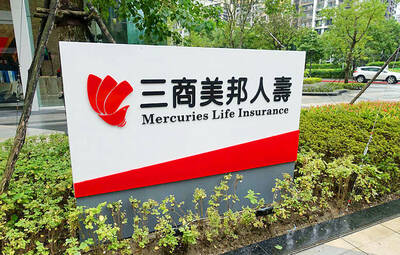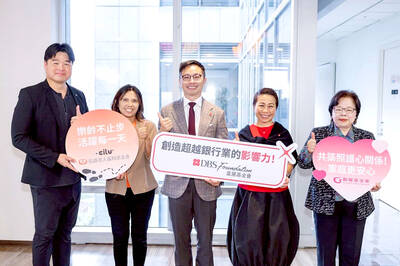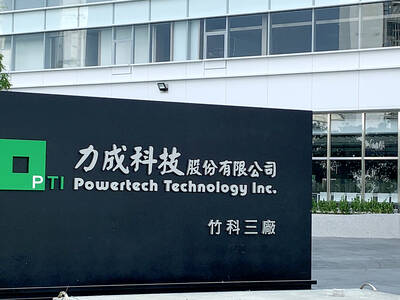Taiwan hopes to facilitate a mechanism by the end of August that would allow Chinese tourists to make purchases using their China Unionpay automatic teller machine (ATM) cards (中國銀聯卡), a top-ranking Financial Supervisory Commission (FSC) official said yesterday.
“All their purchases in [New Taiwan dollar] currency will be denominated into US dollars and cleared the following day in Hong Kong,” FSC vice chairwoman Susan Chang (張秀蓮) told a media briefing yesterday.
The commission has authorized the nation’s National Credit Card Center (NCCC, 聯合信用卡中心) to begin talks with their Chinese counterparts, who may require the approval of the Chinese financial regulator to implement the mechanism.
The scheme would make the Chinese yuan officially accepted on a widespread basis in time for the arrival of Chinese tourists, who are expected to start arriving next month.
The center has 70,000 outlets in Taiwan, Chang said.
She said, however, that points of purchase, including hotels and shopping centers, would have to change their hardware, as it is not compatible with traditional magnetic cards.
As magnetic cards are easier to forge, the NCCC will also impose stricter risk management, Chang said.
There are 1.5 billion China Unionpay cards in circulation in China. Credit cards remain unpopular there, she said.
China Unionpay operates the bank payment system and the network that links up ATMs in China. Its cards are accepted in 29 countries outside China.

Mercuries Life Insurance Co (三商美邦人壽) shares surged to a seven-month high this week after local media reported that E.Sun Financial Holding Co (玉山金控) had outbid CTBC Financial Holding Co (中信金控) in the financially strained insurer’s ongoing sale process. Shares of the mid-sized life insurer climbed 5.8 percent this week to NT$6.72, extending a nearly 18 percent rally over the past month, as investors bet on the likelihood of an impending takeover. The final round of bidding closed on Thursday, marking a critical step in the 32-year-old insurer’s search for a buyer after years of struggling to meet capital adequacy requirements. Local media reports

US sports leagues rushed to get in on the multi-billion US dollar bonanza of legalized betting, but the arrest of an National Basketball Association (NBA) coach and player in two sprawling US federal investigations show the potential cost of partnering with the gambling industry. Portland Trail Blazers coach Chauncey Billups, a former Detroit Pistons star and an NBA Hall of Famer, was arrested for his alleged role in rigged illegal poker games that prosecutors say were tied to Mafia crime families. Miami Heat guard Terry Rozier was charged with manipulating his play for the benefit of bettors and former NBA player and

The DBS Foundation yesterday announced the launch of two flagship programs, “Silver Motion” and “Happier Caregiver, Healthier Seniors,” in partnership with CCILU Ltd, Hondao Senior Citizens’ Welfare Foundation and the Garden of Hope Foundation to help Taiwan face the challenges of a rapidly aging population. The foundation said it would invest S$4.91 million (US$3.8 million) over three years to foster inclusion and resilience in an aging society. “Aging may bring challenges, but it also brings opportunities. With many Asian markets rapidly becoming super-aged, the DBS Foundation is working with a regional ecosystem of like-minded partners across the private, public and people sectors

BREAKTHROUGH TECH: Powertech expects its fan-out PLP system to become mainstream, saying it can offer three-times greater production throughput Chip packaging service provider Powertech Technology Inc (力成科技) plans to more than double its capital expenditures next year to more than NT$40 billion (US$1.31 billion) as demand for its new panel-level packaging (PLP) technology, primarily used in chips for artificial intelligence (AI) applications, has greatly exceeded what it can supply. A significant portion of the budget, about US$1 billion, would be earmarked for fan-out PLP technology, Powertech told investors yesterday. Its heavy investment in fan-out PLP technology over the past 10 years is expected to bear fruit in 2027 after the technology enters volume production, it said, adding that the tech would